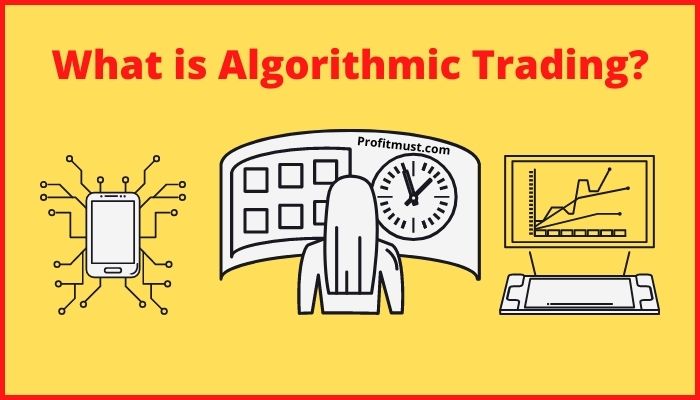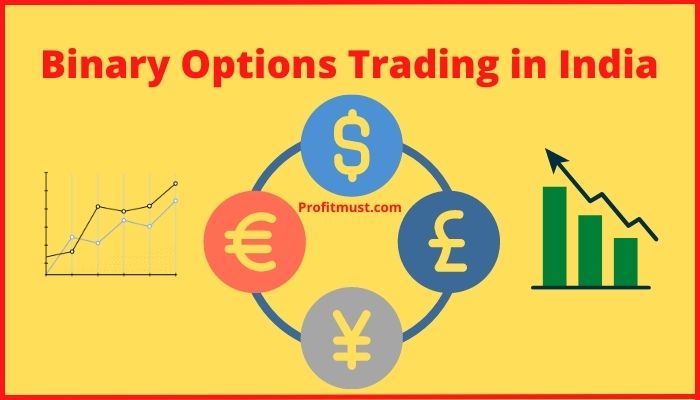The rise in acceptance of cryptocurrencies has been noticeable since 2020. With so many people engaged in cryptocurrencies, a quick guide on tokenomics can help a lot of people. So, for all the newcomers to the cryptocurrency world, here’s a brief on tokenomics.
Table of Contents
What is Tokenomics?
Tokenomics meaning is the analysis of the economics of crypto tokens or cryptocurrencies. It comprises evaluating the aspects that influence the demand for and supply of tokens. It considers all things including Quality, distribution, and creation of crypto tokens to understand it properly.
The term “tokenomics” is a combination of the phrases “token” and “economics.” In most cases, the tokenomics for a certain crypto token are completely explained in the project whitepaper.
But what exactly are cryptocurrency tokens and why are they so famous? We’ll take away the aspects of tokenomics to enable you to understand it properly.
What is Token?
Crypto tokens are cryptocurrency digital assets with a specific value that can be utilized for trade or for a specific objective on the blockchain.
- They live and work on the blockchains of other cryptocurrencies.
- Security, usefulness, and administration tokens are the most prevalent types of tokens.
- Security tokens represent a share of ownership in an asset, such as a firm. The token holder is entitled to a portion of the firm ‘s earnings.
- Utility tokens are services designed to be used in the payment ecosystem. It offers a variety of services, such as streaming popular online series or booking a salon appointment.
- Governance tokens allow token owners the ability to suggest and vote on new features, as well as reform the blockchain’s governance mechanism.

Allocation and Distribution of Token
Make sure you understand how the token will be distributed. Usually crypto tokens are created in one of 2 ways: they are pre-mined or released through a fair launch.
-
Fair Launch & Pre-mining
When a cryptocurrency is mined, generated, purchased, and regulated by the community members, it is called a fair launch. When the token or private allocations are made public, there is no prior access to them. Bitcoin, Dogecoin, and YFI are just a few examples.
Pre-mining, on the other hand, is when a large number of crypto tokens are created and delivered to a select group of addresses (typically project developers, other teammates, and initial investors) before they are made public.
-
Which one is better?
Most crypto projects now include pre-mined tokens, so don’t ignore a project just because some tokens were created before it went live.
Check to see if any wallets are storing a considerable portion of the circulating token supply, as this indicates that the whale could dump their holdings at any time, causing the token’s price to plummet.
On the other hand, if a project is distributing tokens to as many people as possible, you can conclude it is credible and really concerned about its future development.
Supply of Token
Although cryptocurrencies and tokens are released according to pre-determined and algorithmically generated schedules, their supply can be approximated quite effectively. Although tokens are digital units of cryptocurrencies, restricted cryptocurrencies also suggest restricted token production.

-
Bitcon & It supply
- Bitcoin has a restricted supply of only 21 million coins, with 90% of them already produced.
- The shortage of Bitcoin will increase as the supply is reduced, driving up prices.
- In the year 2140, the supply is expected to run out.
- In addition, the hard forks of Bitcoin, Bitcoin Cash and Bitcoin SV, are both limited to 21 million coins.
-
Crypto with unlimited supply
However, other cryptocurrencies, such as Dogecoin and Grin, have an infinite supply. As a result, their token supply is also limitless.
The circulation supply of Dogecoin was 131.13 billion in September 2021. Doge is inflationary due to its infinite supply, and it is this tokenomics that has made Doge so popular.
Burning specific coins to lower their supply and boost the currency and token value is another aspect of tokenomics. More tokens are consumed the more a digital coin is used.
-
Cryto with limited supply
Between these two extremes, there exist a slew of currencies and tokens — many of them based on Ethereum — that have a maximum issue limit, but the number is astronomical. Tron, for instance, has a complete supply cap of more than 100 billion coins.
Market Capitalization
The market capitalization of a token is the total amount of money invested in the cryptocurrency project thus far. Together with market cap, you may also view a project’s fully diluted market cap, which is the theoretical market cap if the token’s maximum supply had already been distributed.
This will give you a good indication of how much a token is worth. The higher the market capitalization of a token and the lesser its circulating quantity, the more valuable it may become in the future.
Need of Tokenomics Explained
For the following reasons, it is critical for investors to understand the demand and supply aspects in the crypto market:
- As per Seth Klarman’s book, Margin of Safety, it provides insight into the crypto market’s short-term performance.
- Tokenomics assists in determining an asset’s future value.
- It provides information on the future profitability of one crypto asset over another.
Things to keep in mind regarding Tokenomics

However, investors should keep the following issues in mind when pursuing tokenomics:
- You should learn how to use digital money and how to make a direct link between the services you’re building and the digital asset.
- Find out how many tokens are currently in circulation, how many will be made in the future, and when they will be released.
- Know who owns the digital coins and whether they are held in reserve for later delivery to the currency developers.
Understanding Price Stability by Tokenomics
Tokenomics also emphasises the importance of researching the effects of price stability. Cryptocurrencies are renowned for their volatility, which may or may not work in the investor’s interest.
Volatility in the market might cause investors’ interest to wane. Moreover, volatility may result in network restrictions.
Investors should ensure that the project is taking all necessary precautions to avoid such swings. The problem could be solved by making sure there are enough tokens to meet the supply levels.
As a result, the price will be stable, and investors will be able to use the tokens for their original purpose. Tokenomics can also assist developers in achieving price stability by establishing equilibrium.
Calculating Future Value of Cryptocurrency by Tokenomics Explained
Tokenomics can also be used to estimate how much an asset will be valuable in the future. Many newcomers to cryptocurrency may believe things like, “If this coin becomes as expensive as Bitcoin, then one day…”, but in reality, this may never be achievable.
Consider the two cryptocurrencies Bitcoin Cash and Tron, which were stated earlier. Since Bitcoin Cash and Bitcoin have the same total supply, the idea that one could become as expensive as the other in the future seems plausible.
However, with over 100 billion Tron in circulation, one coin would have to become the most expensive business in the globe ‘s history to be worth thousands of dollars.
Conclusion
Although tokenomics is a somewhat complex topic, it may take some time to learn it, but once you do, you will be able to master it.
This is all from our side regarding What is Tokenomics? Let us know your views about crypto tokenomics explained in the comment section to impove this article by profitmust.
Frequently Asked Questions About Tokenomics Definition
How do you read Tokenomics?
When it comes to investing in cryptocurrencies, tokenomics is one of the most important variables to explore. Tokenomics is essentially the quality of a token that causes investors to want to buy it. Tokenomics will enable investors in comprehending a token's objective, usefulness, use cases, and distribution.
Does Dogecoin have Tokenomics?
Yes, Dogecoin has Tokenomics. Dogecoin has a far larger supply of tokens than most other cryptocurrencies. This suggests that the tokens will have a cheaper per-coin price.
What is token economics in crypto?
Token economics, or tokenomics for short, is the analysis of economic incentive structures and token distribution within cryptocurrencies. Demand for the token is created as a result of this incentive, and the token's price is determined as a result. Many coins' incentives will be contained inside their utility.
How do you price a token?
To find the token price, divide the market size in dollars (PQ) by the velocity (V), and then divide M by the quantity of coins in supply.
Are utility tokens a good investment?
Utility tokens have value, but they cannot be classified as money in the same way that a coin can. Utility tokens can benefit investors in a variety of ways. They provide people with early access to a new product or service.

